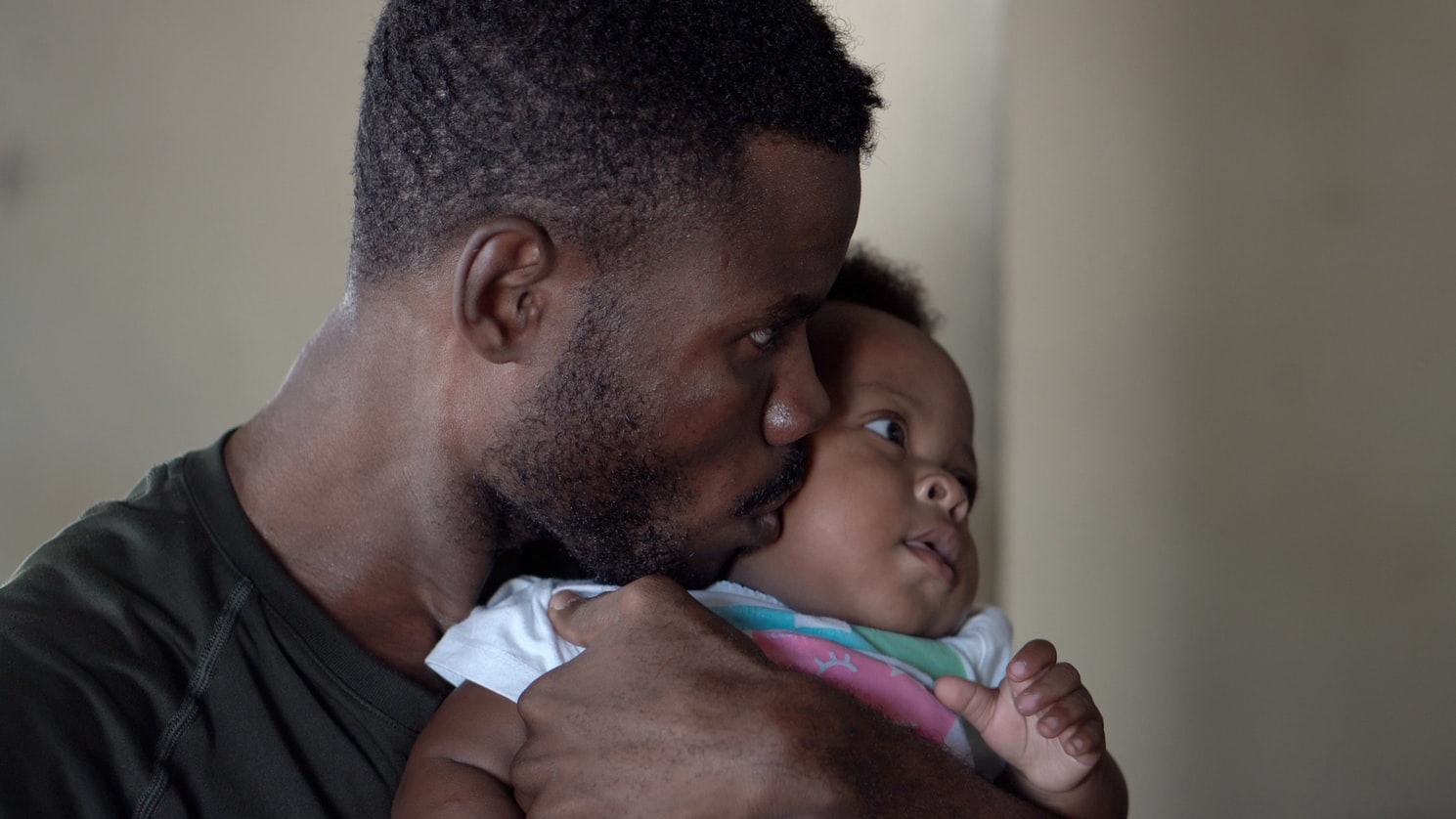Overview
This Report of the U.S. House of Representatives Committee on Ways and Means Majority describes issues relevant to health equity and summarizes public input about barriers to optimal health for residents of underserved communities. The analysis found that almost 97 percent of America is considered rural, but only a small number of Americans live in these areas. Sparse populations create challenges for sustaining the health workforce and capacity for service delivery in rural communities.
The analysis produced key infant and maternal mortality findings, including:
- The United States ranks 170th (32 out of 36 among other developed countries) for infant mortality and 138th (33 out of 36 among other developed countries) for maternity mortality, despite top-ranked spending on health care.
- Racial inequities persist, with Non-Hispanic Black, American Indian/Alaska Native, Hispanic, and Asian residents of both rural and urban communities having a 33 percent higher risk of severe maternal morbidity and mortality compared to non-Hispanic White residents.
- In rural communities, fewer than 50 percent of women have access to perinatal services within a 30-minute drive from their homes. However, predominantly low-income communities of color in urban areas tend to have some of the worst outcomes throughout the state regardless of geography.
Authors: Committee on Ways and Means Majority, U.S. House of Representatives
Publication Date: July 2020
